Finding Sewing Patterns
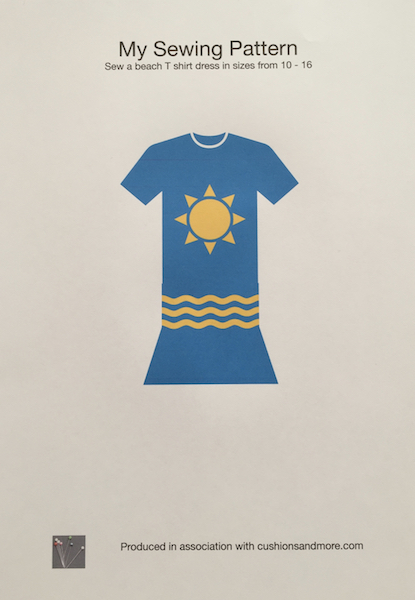
Sewing patterns have been used for years to make clothes, cushions, curtain valances, bags and other household items.
Inside the cover will be all the pattern pieces you will need to make the garment shown on the front. The pieces are printed on very fine and delicate tissue paper so should be treated with care as they will rip very easily.
Some may only have one size or they could have multi sizes of about 4 or 5 different sizes. If you know the size you want then the pieces can be cut out of the tissue paper at the correct size.
If you want to make the same garment in different sizes then the pieces will need to be cut out at the largest size and then the correct size can be traced onto fresh paper or the cutting line either marked onto the fabric with tailors chalk, tracing paper and wheel or with stitches taking care to follow the correct size line.
When making clothes it doesn't mean that the pattern will fit everyone. There will be differences in the same sized people so the patterns can be adjusted.
It is worth with investing time in measuring yourself against the patter just to make sure the waistline fall at the right place and the darts are on the bust line. Your size and shape could be drawn on a large pieces of paper for reference throughout making the garment.
Professional will have a dressmaking dummy that can be converted to the size of the customer. These can be purchased for the home if you intend to make a lot.
Eventually you could make your own made to measure sewing patterns.
Sewing Patterns Explained
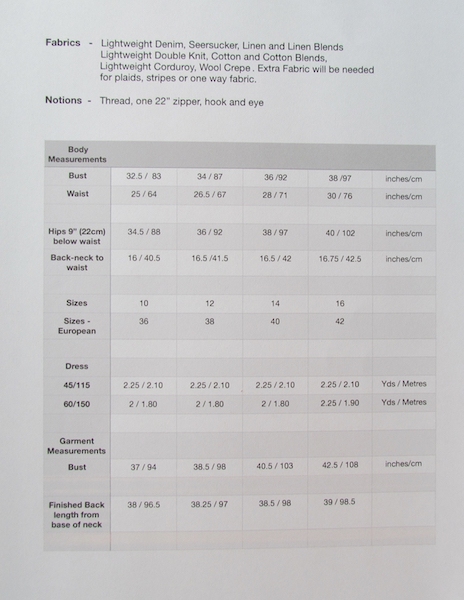
There is a wealth of information printed on the back cover of the pattern.
- Give suggested fabrics types that the pattern would suit
- Give all the notions (buttons, zips thread etc) that will be needed to make the garment.
- Give the specific sizes for the garment
- Give how many yards or metres of fabric would be needed.
There would probably be two tables one for the measurements in yards and one for metric measurements. If there were more than one item in the pattern there would be small drawings of each garment and a corresponding letter against it that would be shown on the tables.
Once all these are obtained the sewing can begin.
Inside the pattern packet are the directions and helpful hints to sew the pieces together and all the pattern pieces that need cutting out.
There are also helpful hints printed on the tissue paper next to the pattern pieces that can show how to adapt the pattern if your shape is a mixture of two sizes.
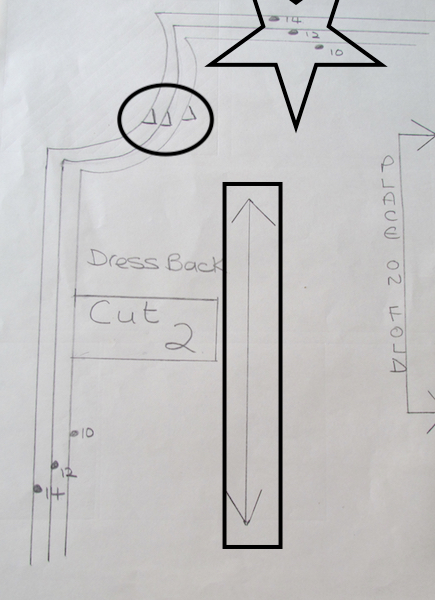
This piece informs you of
- what it is for in this case it is the Dress Back.
- How many to cut (next to the rectangle shape)
- Where the straight grain of the fabric should be (rectangle shape)
- The dots to match pattern pieces together (star shape). These are for 3 different sizes 10, 12 and 14.
- The notches (oval shape)
- Whether to place the pattern piece on the fold of the fabric (right edge)
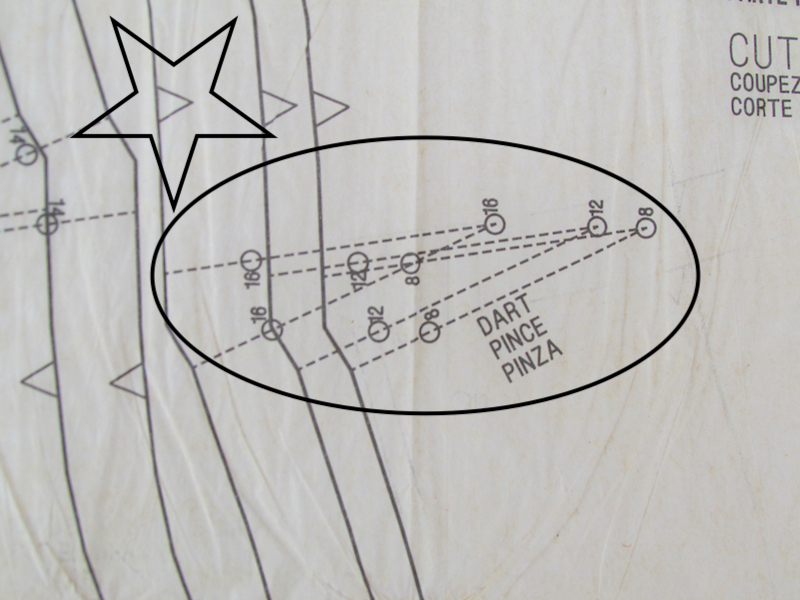
This pieces shows
- The cutting lines which are the dark solid lines.
- The dart placement in different sizes so take care when marking the circles to make the dart up. (oval shape)
- The notches to help join seams, these are cut not into the pattern but away to give points in the cutting line to reflect the shape of the "V" to look like this "<>".
The patterns give a lot of help and it is worth taking the time to mark, measure and check that the pattern will fit. Although the last minute fitting will be done nearly at the end.
If you have never sewn a garment before then start with a simple shape with a limited about of pattern pieces before you attempt a complex pattern many pieces.
There are many outlets that have patterns to choose from such as Minerva Crafts.
If you are like me once I have cut a paper pattern out I can never get all the bits back into the packet.
The next step is to lay all the pattern pieces onto the fabric.
Enjoy and have fun finding your sewing patterns.
Affiliate offers
Please take care with any soft furnishing that it does not come into contact with any heat source.
If you have found an error on this page or want some more information on sewing cushions.
Please contact me . Thank you
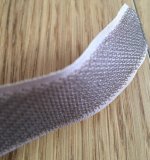

New! Comments
Have your say about what you just read! Leave me a comment in the box below.